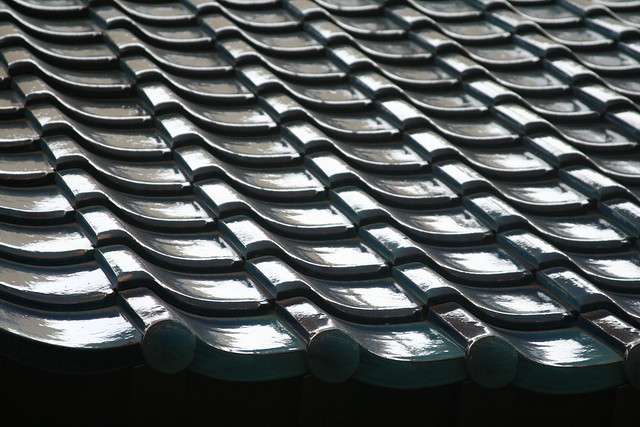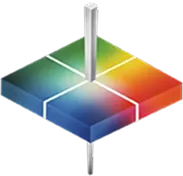
Plastics are a prime industry in the United States and are steadily becoming a strong economic force1 in the global market. That is why many industry leaders are focusing on polymer color monitoring for quality control and improved efficiency. Polymer color process monitoring is a critical part of quality control, and new advancements in color technology offer opportunities to cut costs as well as save time and wasted materials, while creating the highest level product needed for today’s competitive global market.

Many new products today are made from plastic based materials which require advanced technology to meet quality standards. Image Source: Flickr user Sherrie Thai

